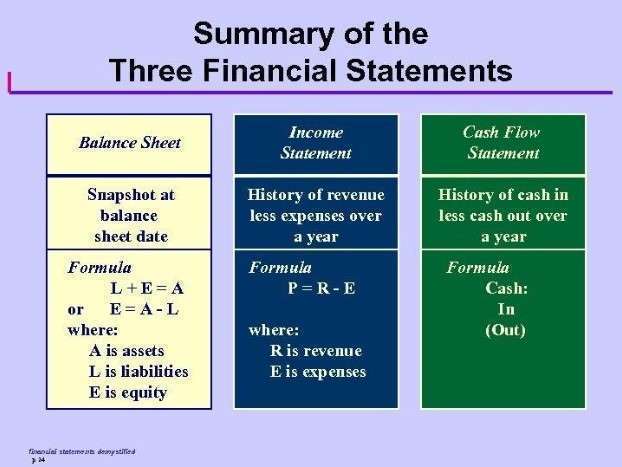News
新着情報
How to Calculate FIFO and LIFO?
2022.09.06

In our last transaction above, we withdraw inventory costs from three different layers. We still have 50 remaining units so we go up to the next LIFO layer. The remaining layer from January 5 is only 30 units so we get all of the 30 units and proceed to the last LIFO layer for the remaining 20 units. Under the perpetual inventory system, we determine the COGS and inventory after every sale instead of waiting until the end of the year. This requires much more work and is only recommended if you use inventory management software that can integrate with your accounting software.
What is the ending inventory?
To understand further how LIFO is calculated despite real inventory activity, let’s dive into a few more examples. When Jordan opened the business, he decided that LIFO made the most sense. Jordan operates an online furniture company that holds luxury furniture inventory in a large warehouse. Instead of assuming she sold her most recent inventory first, Sylvia assumes she sold her oldest inventory first.
- Finally, we have the fourth method, which is specific inventory tracing, a.k.a. the specific identification method.
- The International Financial Reporting Standards (IFRS) used in countries like Canada and the U.K.
- By offsetting sales income with their highest purchase prices, they produce less taxable income on paper.
- He has a CPA license in the Philippines and a BS in Accountancy graduate at Silliman University.
- The ending inventory value is then calculated by adding the value of Batch 1 and the remaining units of Batch 2.
- In other words, the older inventory, which was cheaper, would be sold later.
Understanding LIFO and FIFO

As a result, LIFO isn’t practical for many companies that sell perishable goods and doesn’t accurately reflect the logical production process of using the oldest inventory first. For instance, if you spend $5 per unit on one product and $21 on another, you would get an average unit cost of $13, which doesn’t match either one well. As indicated by the name itself, the LIFO method bases the COGS on the cost of https://www.instagram.com/bookstime_inc the most recent purchases (last in). It means that recently purchased goods are expected to be expensed first or transferred to the COGS. We’ll use an example to show how FIFO and LIFO produce different inventory valuations for the same business.

Below are the Ending Inventory Valuations:
LIFO, or Last In, First Out, is a common accounting method businesses can use to assign value to their inventory. It assumes that the newest goods are sold first, which normally increases the cost of goods sold and results in a lower taxable income for the business. For all periodic methods we can separate the purchases from the sales in order to make the calculations easier. Under the periodic method, we only calculate inventory at the end of the period. Therefore, we can add up all the units sold and then look at what we have on hand. Finally, weighted average cost provides a clearer position of the costs of goods sold, as it takes into account all of the inventory units available for sale.
This, however, is not always possible; it may be far too time – and labor – consuming, or you might be too busy shipping products at the end of the month to perform an actual count. In that case, the best method is the analytical one – to deduce the ending inventory from your how to calculate lifo beginning inventory, the cost of goods sold, and net monthly purchases. Last-In, First-Out (LIFO) method is used to account for inventory that records the most recently produced items as sold first. The FIFO and LIFO compute the different cost of goods sold balances, and the amount of profit will be different on December 31st, 2021.

This is the reason why some prefer the periodic inventory system because of its simplicity. FIFO is also more straightforward to use and more difficult to manipulate, making it more popular as a financial tool. FIFO is also the best fit for businesses like food producers or fashion retailers who hold inventory that is perishable or dependent on trends. In March, you purchase 50 more units of the same smartphone model at $320 per unit ($16,000 total). In June, you purchase an additional 100 units at $340 per unit ($34,000 total). In September, you purchase 100 units at $350 per unit ($35,000 total).
First In, First Out (FIFO) Cost
For investors, inventory can be one of the most important items to analyze because it can provide insight into what’s happening with a company’s core business. FIFO can be a better indicator of the value for ending inventory because the older items have been used up while the most recently acquired items reflect current market prices. Finally, we have the fourth method, which is specific inventory tracing, a.k.a. the specific identification method.
As the year progresses, you sell a total of 250 smartphones to customers. Countries and companies that operate under the International Financial Reporting Standards (IFRS) are only permitted to use https://www.bookstime.com/ the first-in, first-out (FIFO) method. This article explains what the LIFO costing method is, the advantages and disadvantages of using it, and examples of LIFO being applied to real-life scenarios.